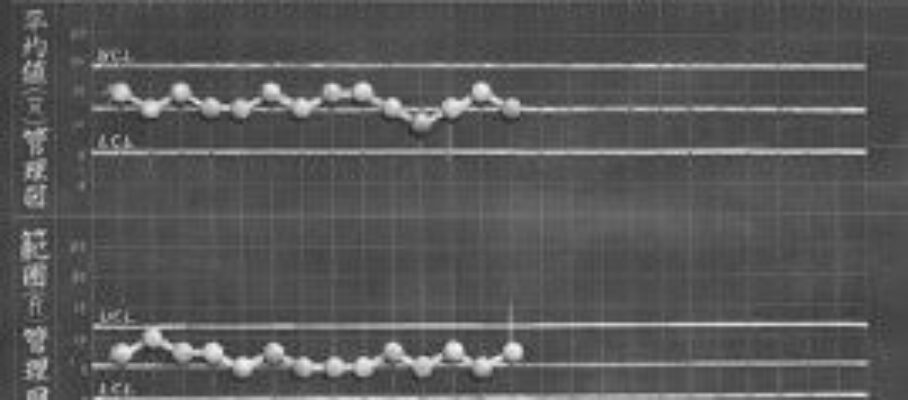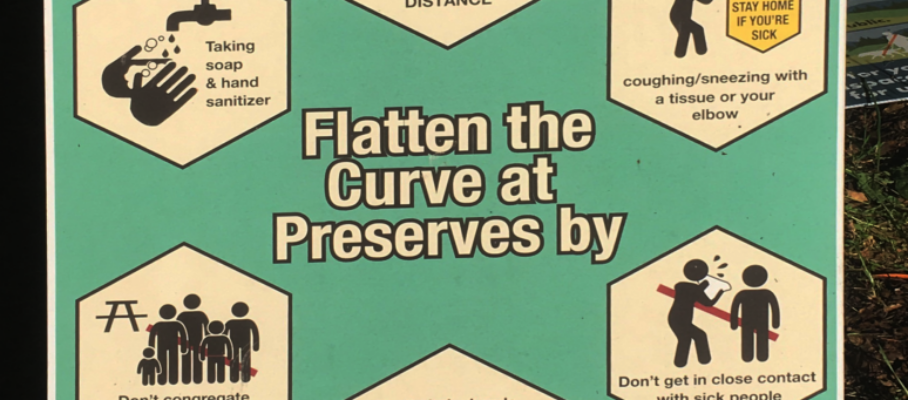Sep 21 2020
Does Toyota Use SPC?
As part of a discussion started by Lance Richardson on LinkedIn, I stated as a fact that SPC was not part of the Toyota Production System (TPS), which prompted several contradictors to tell me I didn’t know what I was talking about. The “evidence” they provided, however, does not refute my statement. It confirms it instead.






Sep 26 2020
More about Toyota and SPC
The post on Does Toyota Use SPC? elicited many comments on LinkedIn. Some suggested that it was scoping SPC too narrowly when contrasting it with Toyota’s approach. In fact, SPC as referenced in the post is the body of knowledge described in the American literature on quality and taught in professional courses.
As to why Toyota is not using SPC, the answer is simple: SPC is about process capability and the quality problems Toyota addresses in 2020 are not due to lack of process capability. In industries that lack process capability, modern data science outguns the old SPC toolkit but that is a different discussion. The most vital question raised in the comments was why we have been not learning Toyota’s approach to quality. In the past 30 years, American industry has learned “Lean Six Sigma” instead.
The comments also enriched the public sources of information cited in the post with corroboration by current and former employees of Toyota.
Contents
Share this:
Like this:
By Michel Baudin • Data science 15 • Tags: ASQ, JUSE, SPC, Toyota, TPS